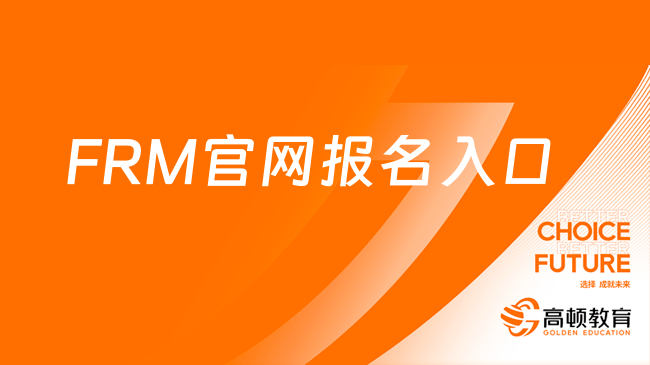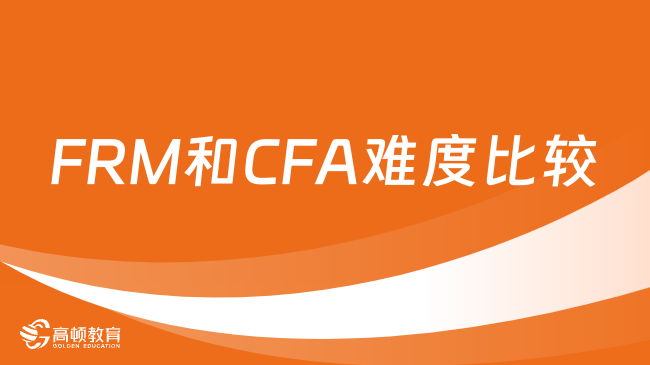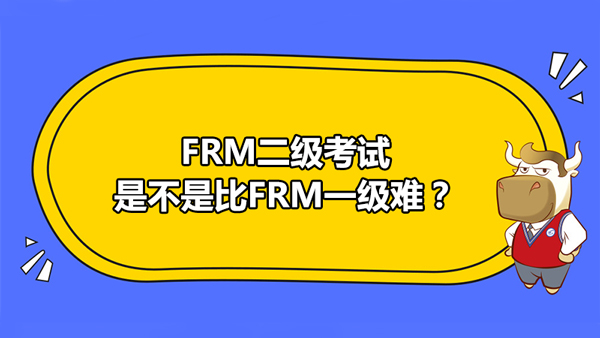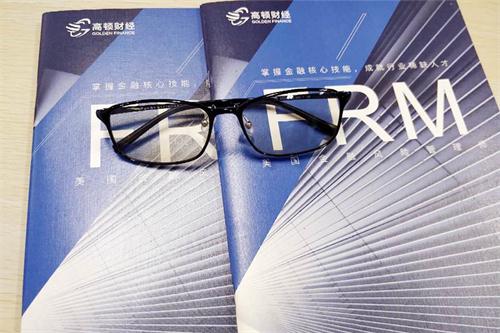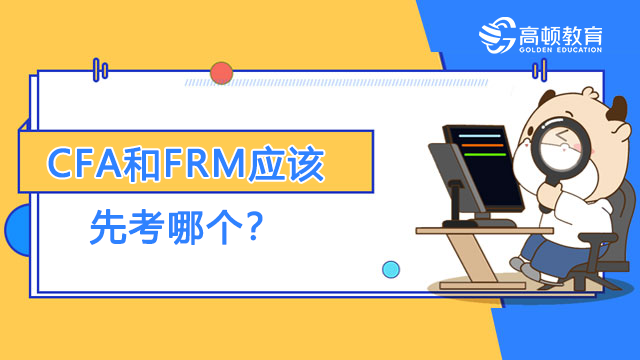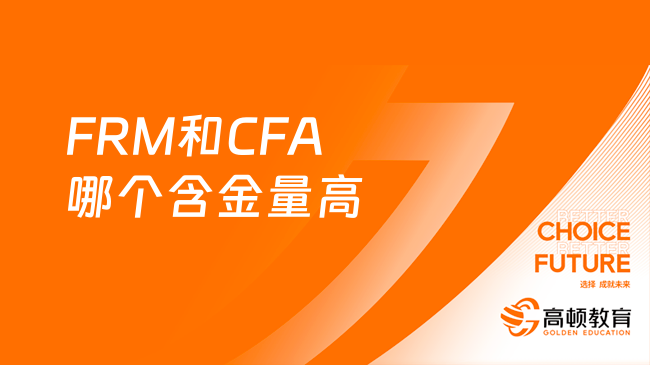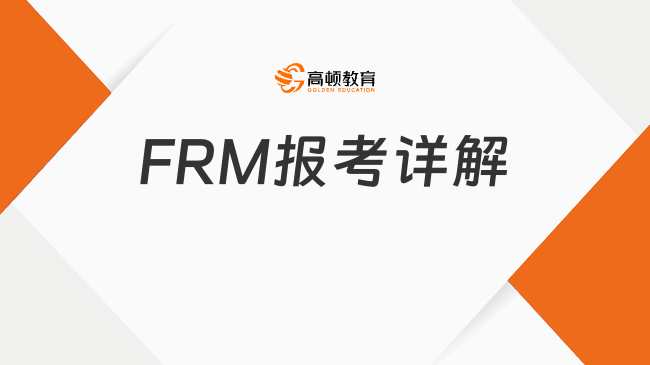FRM考试辅导:一级可赎回债券、可卖回债券以及可转换债券区分
来源:
高顿网校
2013-11-22
Discrimination of Callable Bond, Puttable Bond and Convertible Bond
1 Callable Bond
1.1Definition
Callable bonds are bonds that the issuer may repurchase or call at some fixed set of prices on some fixed set of dates. The purpose is to call back the bond when the cost of issuing new debt is lower than the current coupon paid on the bond.
1.2 Analogy
Callable bond can be decomposed into a long position in a straight bond minus a call option on the bond price.
1.3 Negative Convexity
When the prevailing market yield for comparable bonds is higher than the coupon rate on the callable bond, it is unlikely that the issuer will call the issue so that the callable bond will have a similar price/yield relationship as an otherwise comparable option-free bond. As yields in the market decline, the concern is that the issuer will call the bond. The value of the embedded call option increases as yields approach the coupon rate from higher yield levels. Therefore, it reduces the price relative to an otherwise comparable option-free bond. This characteristic that price appreciation is less than price decline when rates change by a large number of basis points is called negative convexity.
1.4MBS
Owing to changes in prepayment rates, the price/yield relationship of MBS is similar to that of the callable bond which exhibit price performance that is generically referenced as negative convexity. Since prepayments increase when rates decline, MBSs shorten in average life and duration. Conversely, when the bond market sells off, mortgage average lives and durations lengthen.
2Puttable Bond
2.1Definition
Puttable bonds are bonds that the investor has the right to put the bond back to the issuer at fixed prices on fixed dates. The purpose is to dispose of the bond when its price deteriorates.
2.2 Analogy
Puttable bond can be decomposed into a long position in a straight bond plus a put option on bond price.
3Convertible Bond
3.1Definition
Convertible bonds are bonds issued by a corporation that can be converted into equity at certain times using a predetermined exchange ratio. The purpose is to partake in the good fortunes of the company.
3.2Analogy
Convertible bond can be decomposed into a long position in a straight bond plus a call option on stock price.
4Example
4.1 FRM EXAM 2003-QUESTION 95
With any other factors remaining unchanged, which of the following statements regarding bonds is not valid?
a.The price of a callable bond increases when interest rate increases.
b. Issuance of a callable bond is equivalent to a short position in a straight bond plus a long call option on the bond price.
c.The put feature in a puttable bond lowers its yield compared with the yield of an equivalent straight bond.
d. The price of an inverse floater decreases as interest rates increase.
Answer: a
Answer b is valid because a short position in a callable bond is the same as a short position in a straight bond plus a long position in a call (the issuer can call the bond back). Answer c is valid because a put is favorable for the investor, so it lowers the yield. Answer d is valid because an inverse floater has high duration.
4.2FRM EXAM 2009-QUESTION 4-16
From the time of issuance until the bond matures, which of the following bonds is most likely to exhibit negative convexity?
a. A puttable bond
b. A callable bond
c. An option-free bond selling at a discount
d. A zero-coupon bond
Answer: b
A callable bond is short an option, which creates negative convexity for some levels of interest rates. Regular bonds, as in answer c and d have positive convexity, as well as puttable bonds.
4.3 FRM EXAM 2009-QUESTION 3-20
What is the effect on the value of a callable convertible bond of a decrease in interest rate volatility and stock price volatility?
a.An increase in value due to both interest rate volatility and stock price volatility
b.An increase and decrease in value, respectively
c.A decrease and increase in value, respectively
d. A decrease in value due to both
Answer: b
A decrease in stock price volatility decreases the value of the equity conversion option and thus the convertible bond price. A decrease in interest rate volatility decreases the value of the interest rate call option. Because the bond investor is short the interest rate option, this increases the value of the convertible.
Reference:
1) Bruce Tuckman, Fixed Income Securities
2) Frank J. Fabozzi, The Handbook of Fixed Income Securities
3) Handbook
1 Callable Bond
1.1Definition
Callable bonds are bonds that the issuer may repurchase or call at some fixed set of prices on some fixed set of dates. The purpose is to call back the bond when the cost of issuing new debt is lower than the current coupon paid on the bond.
1.2 Analogy
Callable bond can be decomposed into a long position in a straight bond minus a call option on the bond price.
1.3 Negative Convexity
When the prevailing market yield for comparable bonds is higher than the coupon rate on the callable bond, it is unlikely that the issuer will call the issue so that the callable bond will have a similar price/yield relationship as an otherwise comparable option-free bond. As yields in the market decline, the concern is that the issuer will call the bond. The value of the embedded call option increases as yields approach the coupon rate from higher yield levels. Therefore, it reduces the price relative to an otherwise comparable option-free bond. This characteristic that price appreciation is less than price decline when rates change by a large number of basis points is called negative convexity.
1.4MBS
Owing to changes in prepayment rates, the price/yield relationship of MBS is similar to that of the callable bond which exhibit price performance that is generically referenced as negative convexity. Since prepayments increase when rates decline, MBSs shorten in average life and duration. Conversely, when the bond market sells off, mortgage average lives and durations lengthen.
2Puttable Bond
2.1Definition
Puttable bonds are bonds that the investor has the right to put the bond back to the issuer at fixed prices on fixed dates. The purpose is to dispose of the bond when its price deteriorates.
2.2 Analogy
Puttable bond can be decomposed into a long position in a straight bond plus a put option on bond price.
3Convertible Bond
3.1Definition
Convertible bonds are bonds issued by a corporation that can be converted into equity at certain times using a predetermined exchange ratio. The purpose is to partake in the good fortunes of the company.
3.2Analogy
Convertible bond can be decomposed into a long position in a straight bond plus a call option on stock price.
4Example
4.1 FRM EXAM 2003-QUESTION 95
With any other factors remaining unchanged, which of the following statements regarding bonds is not valid?
a.The price of a callable bond increases when interest rate increases.
b. Issuance of a callable bond is equivalent to a short position in a straight bond plus a long call option on the bond price.
c.The put feature in a puttable bond lowers its yield compared with the yield of an equivalent straight bond.
d. The price of an inverse floater decreases as interest rates increase.
Answer: a
Answer b is valid because a short position in a callable bond is the same as a short position in a straight bond plus a long position in a call (the issuer can call the bond back). Answer c is valid because a put is favorable for the investor, so it lowers the yield. Answer d is valid because an inverse floater has high duration.
4.2FRM EXAM 2009-QUESTION 4-16
From the time of issuance until the bond matures, which of the following bonds is most likely to exhibit negative convexity?
a. A puttable bond
b. A callable bond
c. An option-free bond selling at a discount
d. A zero-coupon bond
Answer: b
A callable bond is short an option, which creates negative convexity for some levels of interest rates. Regular bonds, as in answer c and d have positive convexity, as well as puttable bonds.
4.3 FRM EXAM 2009-QUESTION 3-20
What is the effect on the value of a callable convertible bond of a decrease in interest rate volatility and stock price volatility?
a.An increase in value due to both interest rate volatility and stock price volatility
b.An increase and decrease in value, respectively
c.A decrease and increase in value, respectively
d. A decrease in value due to both
Answer: b
A decrease in stock price volatility decreases the value of the equity conversion option and thus the convertible bond price. A decrease in interest rate volatility decreases the value of the interest rate call option. Because the bond investor is short the interest rate option, this increases the value of the convertible.
Reference:
1) Bruce Tuckman, Fixed Income Securities
2) Frank J. Fabozzi, The Handbook of Fixed Income Securities
3) Handbook

扫一扫微信,*9时间获取2014年FRM考试报名时间和考试时间提醒
版权声明:本条内容自发布之日起,有效期为一个月。凡本网站注明“来源高顿教育”或“来源高顿网校”或“来源高顿”的所有作品,均为本网站合法拥有版权的作品,未经本网站授权,任何媒体、网站、个人不得转载、链接、转帖或以其他方式使用。
经本网站合法授权的,应在授权范围内使用,且使用时必须注明“来源高顿教育”或“来源高顿网校”或“来源高顿”,并不得对作品中出现的“高顿”字样进行删减、替换等。违反上述声明者,本网站将依法追究其法律责任。
本网站的部分资料转载自互联网,均尽力标明作者和出处。本网站转载的目的在于传递更多信息,并不意味着赞同其观点或证实其描述,本网站不对其真实性负责。
如您认为本网站刊载作品涉及版权等问题,请与本网站联系(邮箱fawu@gaodun.com,电话:021-31587497),本网站核实确认后会尽快予以处理。
点一下领资料
FRM二级(综合)精选习题
真题高频考点,刷题全靠这份资料
下载合集
FRM最新知识图谱框架图
梳理核心考点,一图看懂全部章节
下载合集
金融英语专业词汇(含解释)
全科英语词汇汇总,备考按照计划走
下载合集
FRM备考 热门问题解答
- frm学出来可以做什么工作?
-
各大银行是金融管理专业的一个就业方向,frm金融管理专业学生主要学习货币银行学、国际金融等方面的相关知识,适合在各大银行从事相关工作,这个方向的就业前景也非常可观,工作稳定,福利也很好。
- frm一共考几门?
-
FRM考试共两级,FRM一级四门科目,FRM二级六门科目。
- FRM金融风险管理师报名条件
-
There are no educational or professional prerequisites needed toregister.可以理解为,报名FRM考试没有任何的学历和专业的要求,只要是你想考,都可以报名的。
- frm考试形式
-
FRM考试为全英文考试,FRM一二考试均为机考。frm一级考试题型:一级100道选择题,frm二级考试题型:二级80道选择题。
严选名师 全流程服务
其他人还搜了
热门推荐
-
2024年FRM一二级可以同时考吗?两级同考难度如何? 2023-10-26
-
FRM官网报名入口在哪?报名流程是什么? 2023-10-18
-
FRM考试有必要早鸟价报名吗?有哪些好处? 2023-10-17
-
FRM和CFA证书考试哪个难度更高? 2023-10-16
-
FRM考试报名费用多少钱?值不值得花时间报考? 2023-10-13
-
有什么含金量高的证书大一可以报考? 2023-10-12
-
FRM考试名额需要抢吗?考位需要抢吗? 2023-10-12
-
去银行上班需要考哪些资格证书? 2023-10-10
-
2024年有必要报考FRM吗?对职业发展有帮助吗? 2023-10-08
-
2024年FRM5月考期早鸟报名即将开始! 2023-10-07
-
2024年FRM考试报名即将开始!报名费用你知道嘛? 2023-09-25
-
哪些专业大学生适合报考FRM? 2023-09-19
-
FRM二级考试是不是比FRM一级难? 2023-09-18
-
FRM和CFA考试比较!哪个含金量高? 2023-09-15
-
你真了解银行吗:各家银行职位级别汇总! 2023-09-12
-
你真了解银行吗:各家银行职位级别汇总! 2023-09-12
-
风险管理领域有什么高含金量的证书? 2023-09-11
-
金融财会有什么含金量高的证书? 2023-09-09
-
CFA和FRM考试哪个更难?在校大学生应该先考哪个? 2023-09-07
-
从就业前景看FRM和CFA哪个含金量高? 2023-09-07
-
FRM和CFA哪个含金量高?就业方向是什么? 2023-09-06
-
FRM和CFA哪个含金量高? 2023-09-06
-
frm一级比cfa一级难度比较,先考哪个好? 2023-09-05
-
frm考下来要多少钱人民币? 2023-09-05
-
frm报考条件是什么?费用多少? 2023-09-05
-
frm和cfa哪个好考?哪个含金量高? 2023-09-05
-
有哪些高含金量的金融资格证可以考? 2023-09-05
-
2024年FRM考下来需要多少人民币? 2023-09-01
-
2024年FRM报考详解!内含报名流程及注意事项 2023-08-30
-
11月FRM考试报名即将截止!未报名考生抓紧时间! 2023-08-30
 更多服务
更多服务







